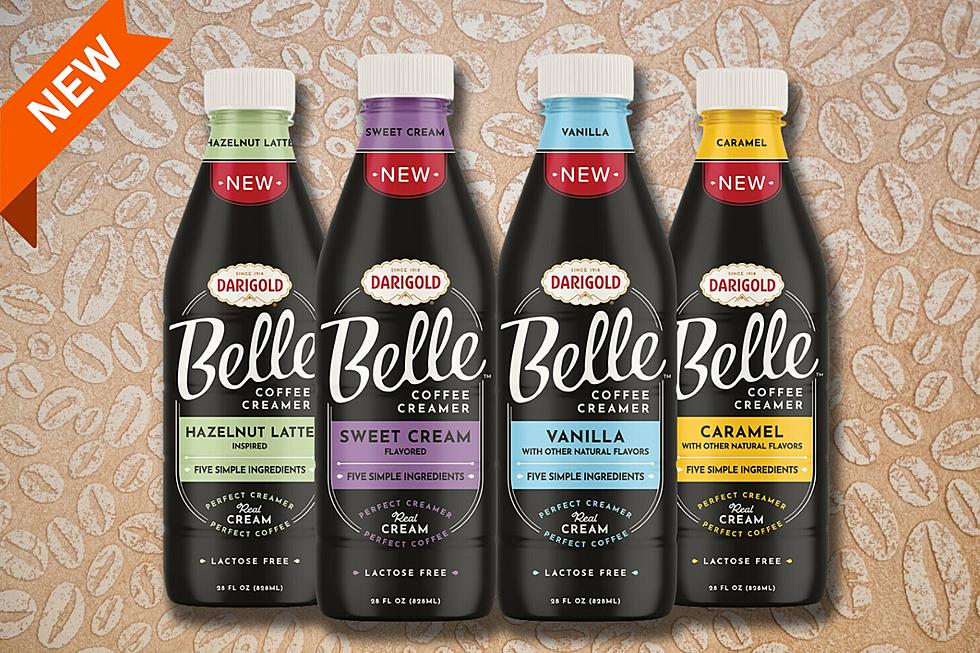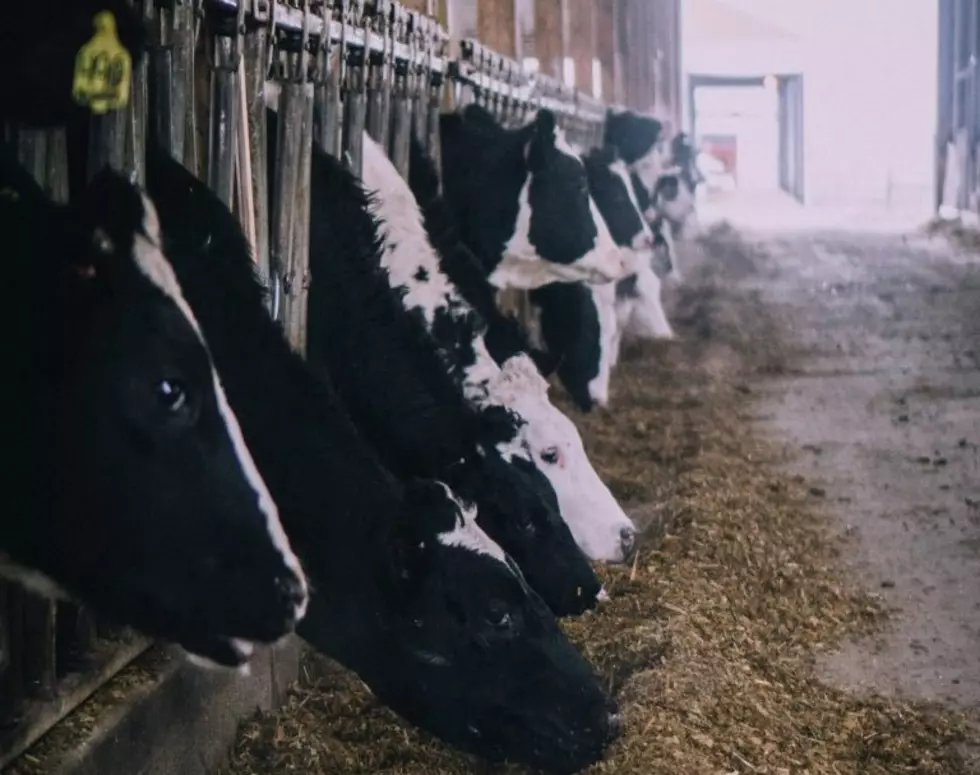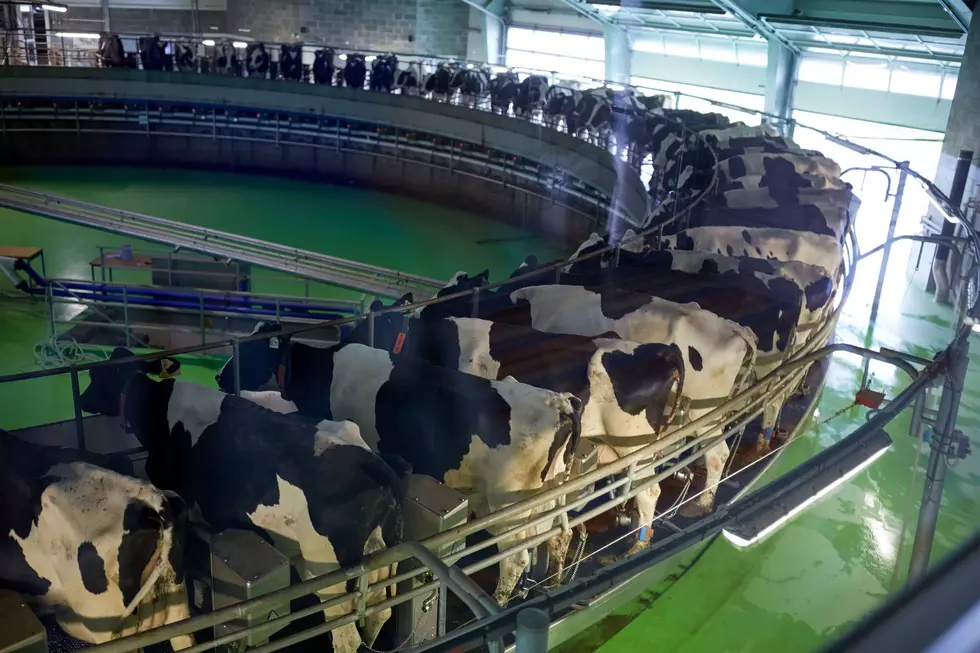
Maintaining Quality Forage This Time Of Year Can Be Challenging
Wet and hard to ensile forages can prove to be a big challenge for producers, which can result in even bigger problems for their bottom line. Caitlin Mellinger, Forage Specialist for Provita Supplements, said hard to ensile forages, including alfalfa, small grains and grasses, have multiple benefits for producers.
“They are good sources of NDF. many of them are really high protein sources, and they also give the producer a little bit of flexibility and certainty that there's going to be available forage source if other sources like their corn don't end up producing as much as they originally planned. The issue is that these forages have a high moisture content in the field, so they need to be wilted before they're ensiled. And so, this wilting process should be complete within around 24 hours and that's because if you have a prolonged wilt, this can lead to higher dry matter losses. The other thing that is a problem with prolonged wilt is you're just increasing the risk of weather damage because the longer it's in the field, the higher risk that there could be a rain event or anything like that. On the other hand, you can have material that hasn't been wilted long enough and ends up with a high moisture content or low dry matter, and this leads to losses because you can either have mis-fermentations in the pile, and you're more than likely going to have effluent runoff that takes nutrients away from that pile, also.”
When harvesting and wilting silages, if you get something that is less than ideal, you will have issues during the ensiling process, thus making monitoring harvest conditions important. Mellinger said she regularly chats with producers about their wet or hard-to-ensile forages and their common challenges. When silage gets wet, bad bacteria tend to flourish.
“One of the biggest challenges is that there's high ash levels all across the U.S. Not only is high ash levels bringing in bad microorganisms, but it also creates an issue with buffering capacity, and then further makes it harder to ensile these forages. Other challenges that producers have mentioned is that buffering capacity. Alfalfa silage is one of those crops that has the highest buffering capacity, and that's due to the high protein and ash levels naturally in it. And then, you add more ash from the environment, and this makes it really difficult to achieve rapid acidification during ensiling. Other issues with these types of forages are having low water soluble carbohydrate content that makes it difficult to get a proper fermentation. And then, having just wet and low dry matter can lead to a multitude of issues including loss of nutrients from effluent runoff when it's in the silo and then higher risks of mis-fermentations.”
Mellinger recommends inoculants to help with silage quality.
“Bonsilage Forte can actually quickly lower the pH, and that effectively inhibits Clostridia growth and protein-degrading enzymes, and that really helps your dry matter and nutrient intake for your cow. And so, Forte really works by having that critical, rapid pH drop. And so, a recent study that we had take place at the University of Delaware studied the effects of using Bonsilage Forte on triticale, which is a small green silage. This was done on about a 34% dry matter, which is a pretty typical dry matter range that we want, and after three days of ensiling, the pH difference that we saw was that the untreated pH was at 5.74, and the Forte-treated was 4.16, so, this is over a whole point difference, and this makes a huge impact on fermentation and the end product that comes out in the silo.”
So, what can producers do to be better prepared to handle wet or hard-to-ensile forages?
“When looking at the forages that you already have in your bunk, that's a good place to start and see what can we do for the next year. And especially this time of year, that's what we want to be doing is to look at what happened last year and how we can put that into this year’s silage. Trust your senses, look at that silage. The smell, look, and feel is really going to tell you a lot about its quality and any potential issues. And then you can also send those samples in to get a fermentation analysis that can really give you a good insight into what's going on. I really recommend just getting ahead of the potential issues, and that's a big game changer for farmers and so knowing what issues you already could have and then anything that could happen. So, I encourage producers to not only look at management factors to improve silage quality, but also at using the option of applying silage inoculates to protect their forages and getting that high of silage quality in the end. So, it's really critical to review everything, and then make purchase decisions based on a scientifically proven inoculant that fits your specific needs.”
Mellinger said producers dealing with wet or hard-to-ensile forage should reach out to the Bonsilage team.
If you have a story idea for the PNW Ag Network, call (509) 547-1618, or e-mail gvaagen@cherrycreekmedia.com
More From PNW Ag Network









